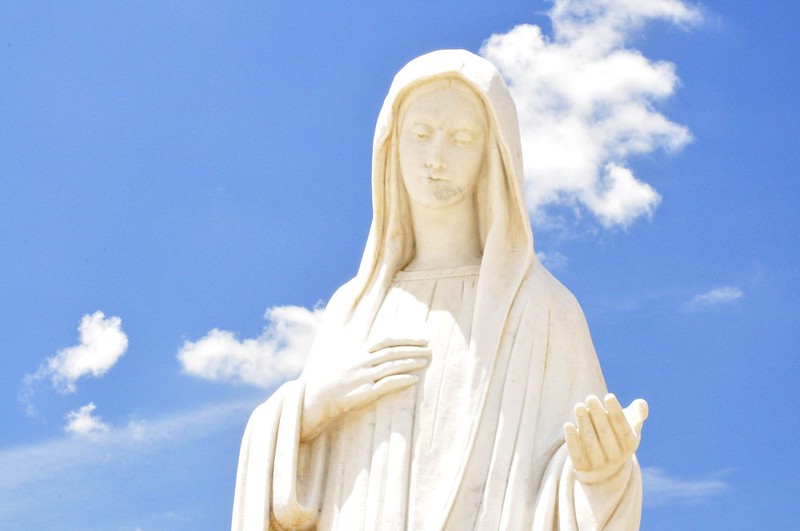One of the three nativities celebrated by the Roman Catholic Church, today we celebrate the birth of the image of the perfect church, Mary most Holy.
We know very little of the life of Mary prior to The Annunciation. What we do know of Mary prior to this comes from sacred tradition, and the Protoevangelium of James, a non-canonical Infancy Gospel. Over 100 Greek manuscripts of this Gospel exist. Either in whole or in part, the earliest manuscripts dating to the 3rd Century. Scholars date the original composition to have been written around A.D. 150. The infancy gospel, also known as the Gospel of the Nativity of Mary shows strong influence from both the Septuagint and the canonical Gospel accounts.
While filling in the gaps of Christianity with no historical value, the Protoevangelium of James reflects the development of Christian piety.
She is the flower of the field from whom bloomed the precious lily of the valley. Through her birth the nature inherited from our first parents is changed. ~St. Augustine
The church has celebrated this feast day since the late Fifth Century. A date in September was chosen because the Eastern Church begins its church year in September. This day also helped further establish the Feast of the Immaculate Conception on December 8th.
The first liturgical celebration of the feast day is said to have occurred at Basilica Sanctae Mariae ubi nata est. Now known as the Church of St. Anne, as it was established on the grounds thought to have been home to the parents of Mary, St. Anne and St. Joachim.
Read More – A Knights Duty – Seven Sorrows of Mary
Mary cannot be separated from Jesus in the divine plan. This is why both Mary and John the Baptist are solemnized with nativities, because of their role in salvation history and the divine nature of their births. Like Christ, the Virgin presides over the whole work of creation, for having been chosen of all eternity to give us the Savior, it is she, with her Son, whom God had chiefly in view when He created the world.


Recent Comments